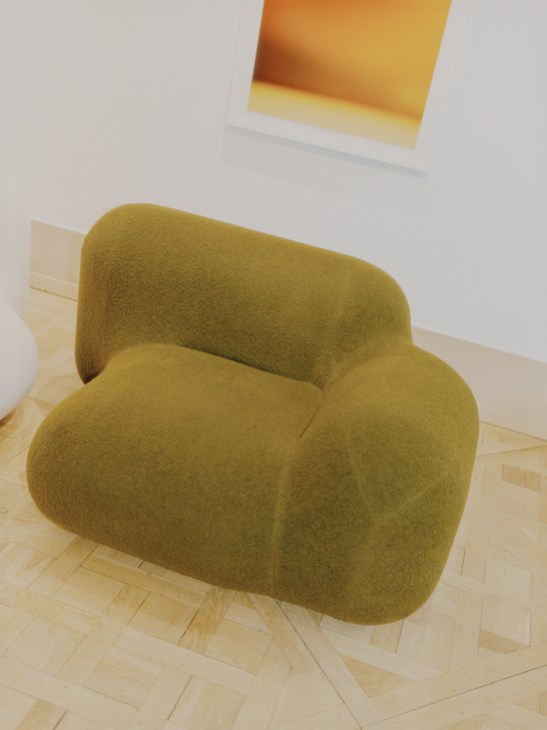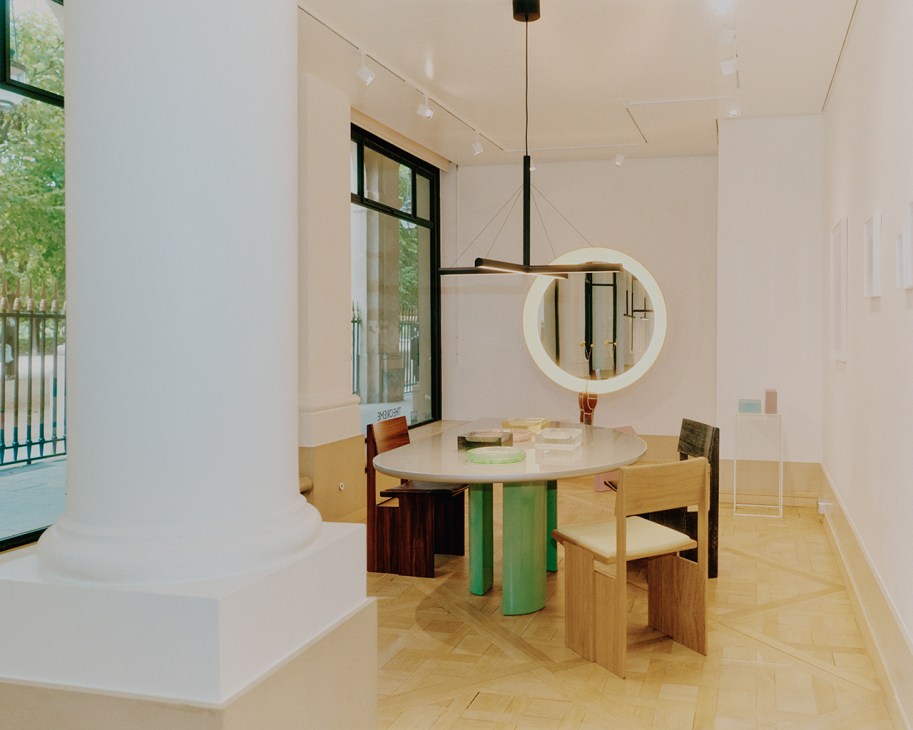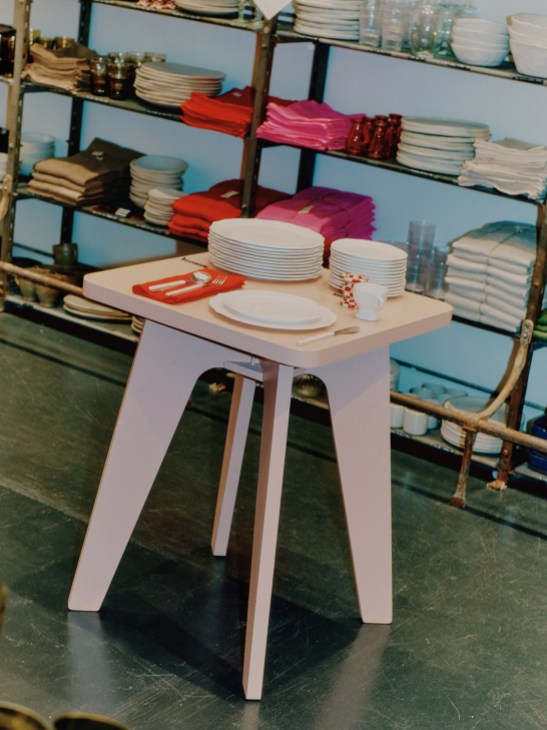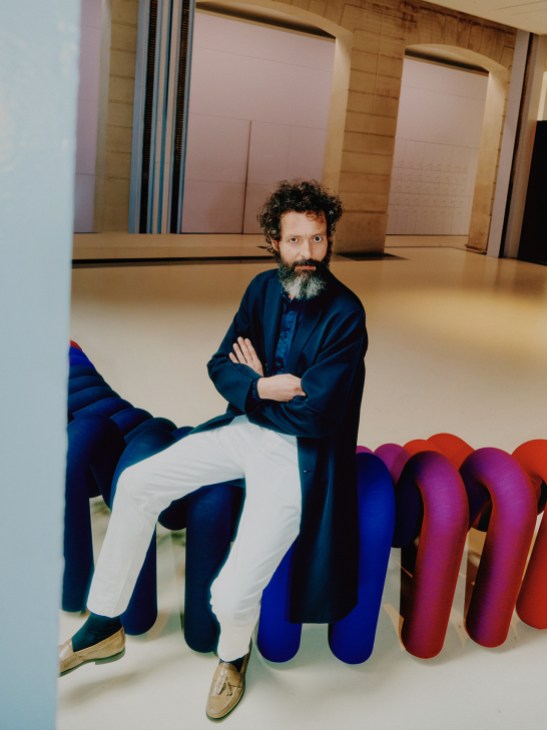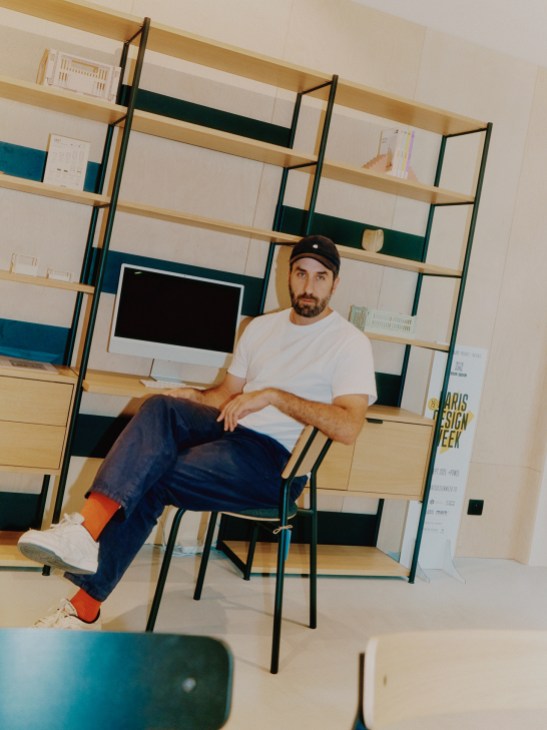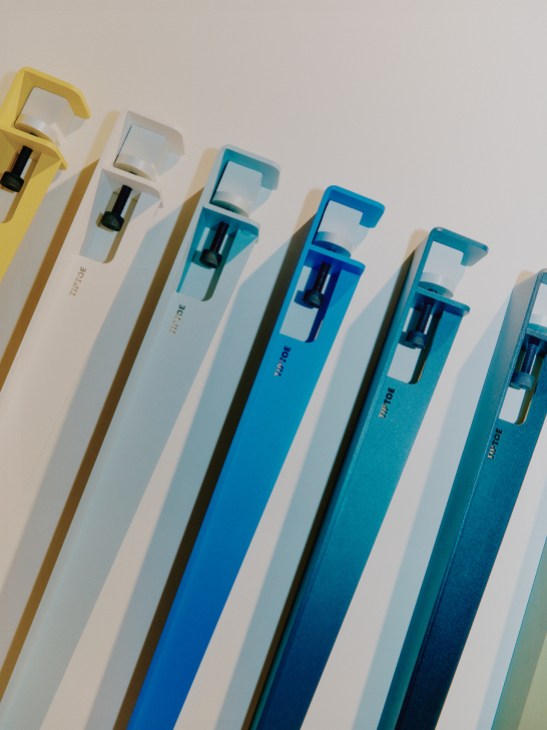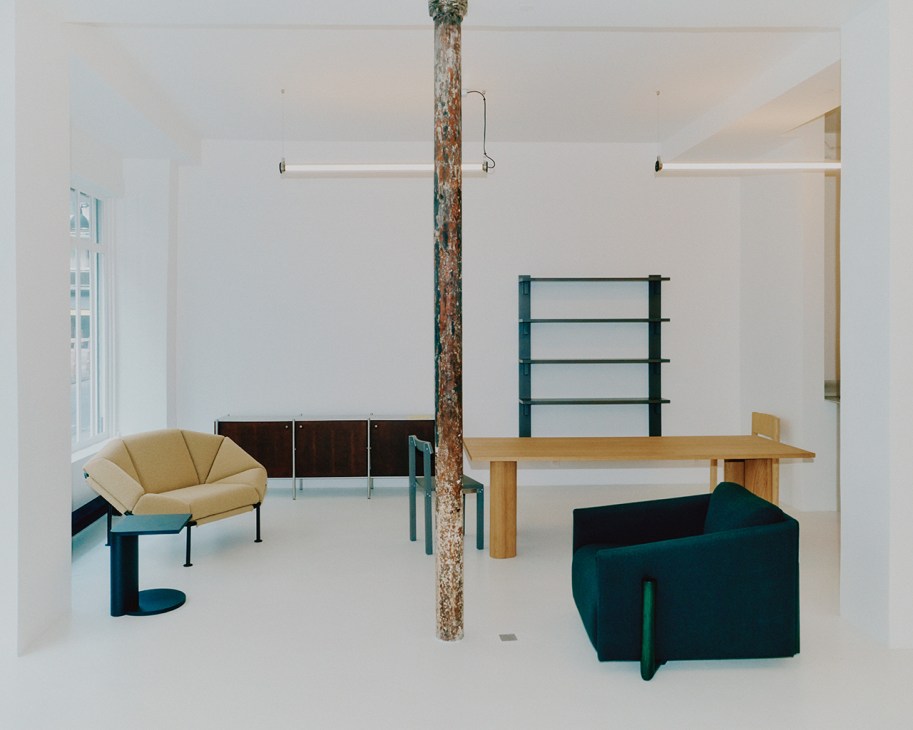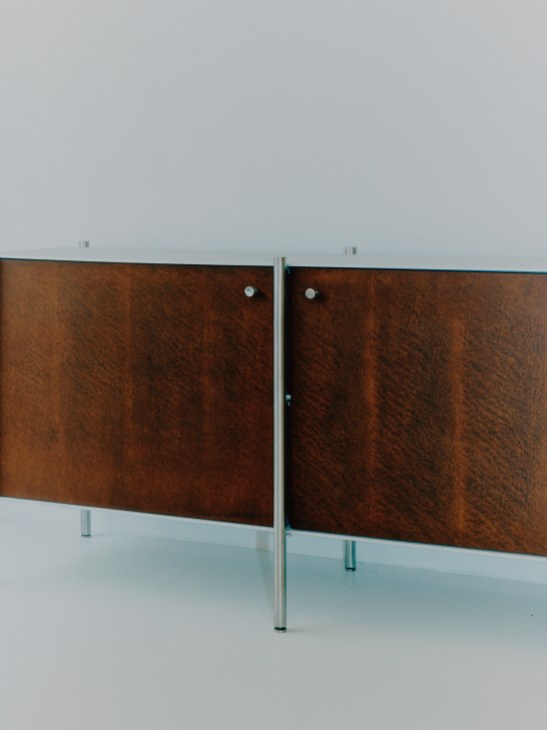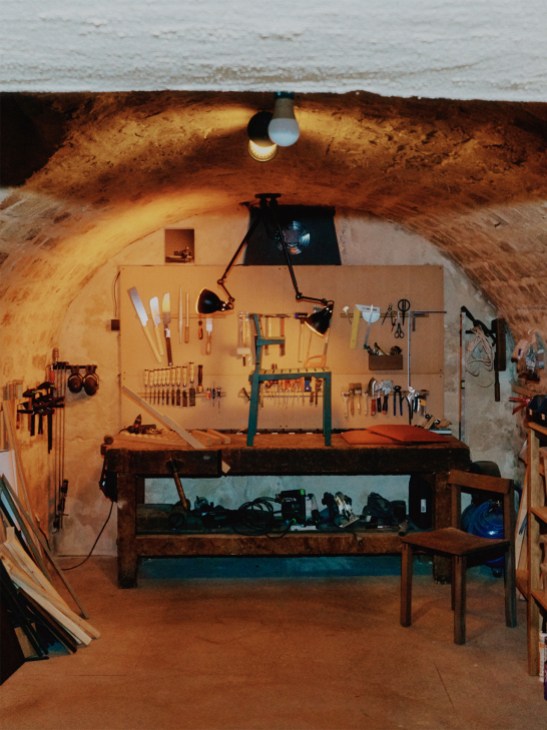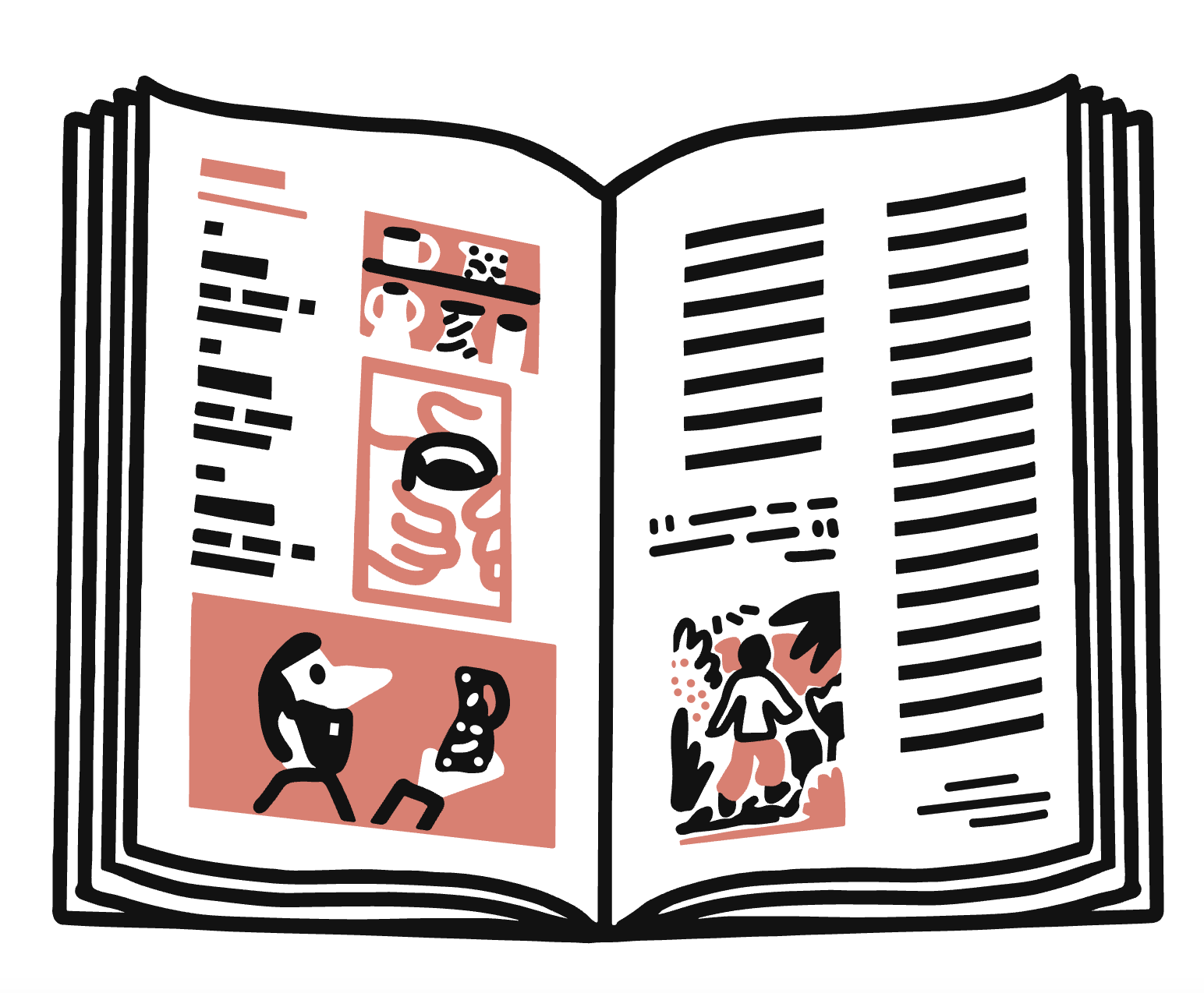Ateliers de Paris, a city-hall initiative committed to nurturing young creatives
The French capital is a rich source of inspiration, mixing heritage and innovation. We visited one institution that ensures up-and-coming designers are supported.
There are plenty of places vying for the title of Europe’s design capital. On the one hand, there are smaller cities, such as Rotterdam or Lisbon, with a disproportionate number of world-class studios. On the other are established powerhouses, such as Milan or Copenhagen, whose industrial output is unparalleled. Paris might be the best of both.
In the French metropolis you’ll find outposts of global furniture brands such as Ligne Roset, Roche Bobois and Fermob. At the other end of the spectrum are a host of smaller, independent makers that rely on the city’s artisans to craft unique pieces. In recent years these partnerships have come to the fore at events such as design fair Matter and Shape and Paris Design Week (held annually in September).
At the latter’s most recent iteration, there were countless outstanding collaborations between atelier and designer, chief among them Chloé Nègre’s partnership with rug maker Editions 1.6.9. “There is a new perception of Parisian métiers d’art, of know-how, of provenance of piece and production methods,” says Franck Millot, the director of Paris Design Week. “Craftsmanship has taken on a new modernity and the bond between creatives and artisans is part of our DNA.”
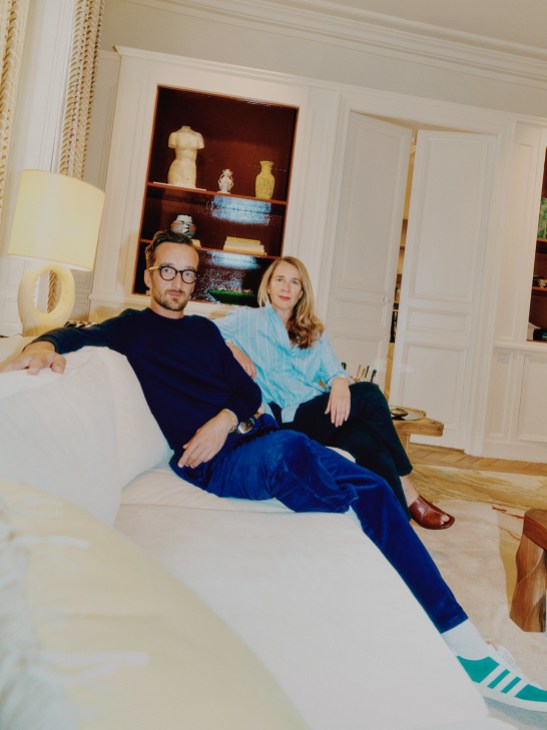
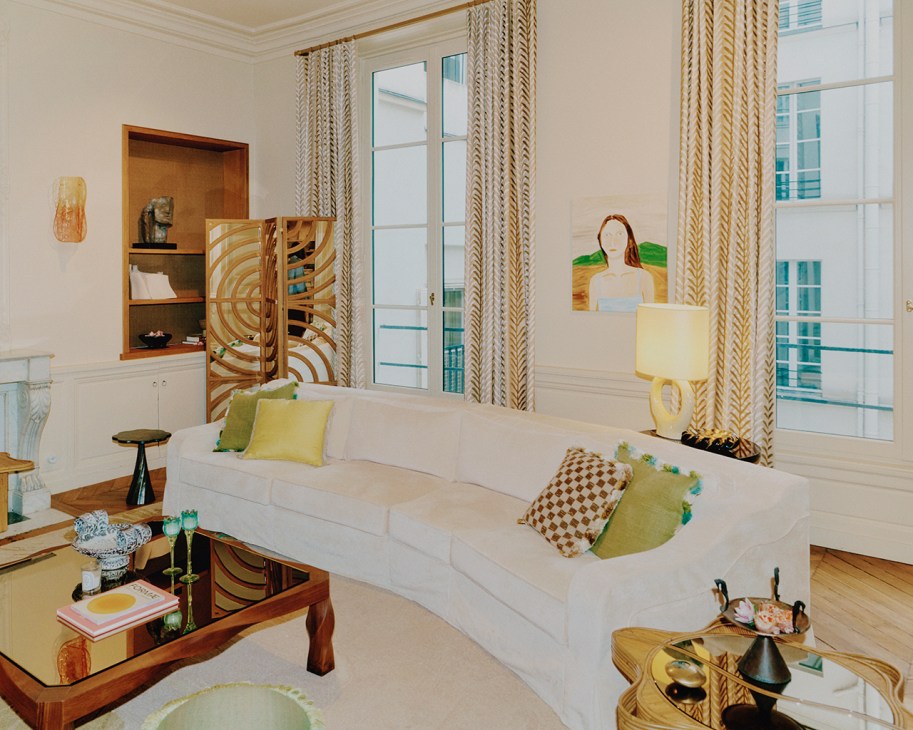
The French capital’s many design schools keep fresh ideas flowing, while city-hall initiatives such as the Ateliers de Paris – a publicly funded design incubator – serve as a support system for up-and-coming creatives.
“We try to welcome people who are pushing the boundaries of what is traditionally considered design by the public or even policymakers,” says Mathilde Nony, the deputy director of the Ateliers de Paris. “We want to expand their horizons.”
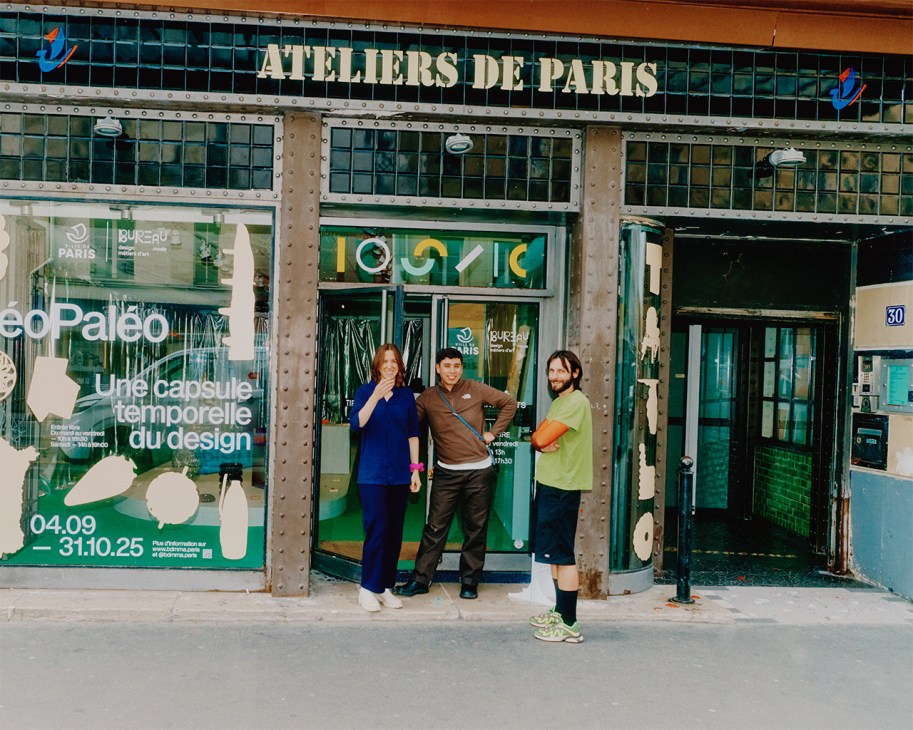
Every year, she explains, the Ateliers select a number of designers whose projects run the gamut from furniture to public policy and give them access to affordable workspaces. Advice is also provided to help participants find their market, while a gallery in the Faubourg Saint-Antoine neighbourhood exhibits their works.
“The great advantage of being based in Paris is easy access, not just to exhibition spaces but also to resources for research,” says designer and visual artist Clémence Althabegoïty. She was accepted into the Ateliers in September 2024 and regularly collaborates with fellow creatives, as well as scientists, on projects devoted to exploring how urban spaces can thrive in our overheated world.
The seemingly limitless cultural options have long drawn creative people to the city. Those who are design-inclined flock to the outskirts for the Saint-Ouen flea market, one of the largest in Europe, to stock up and get inspired.
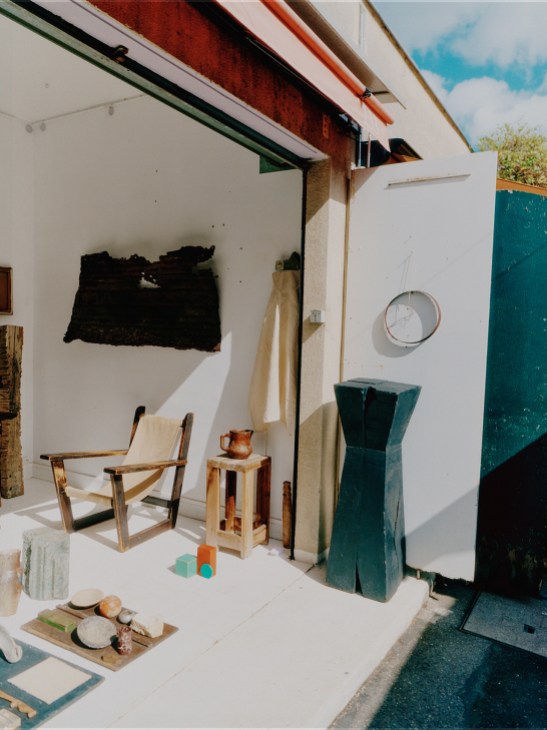
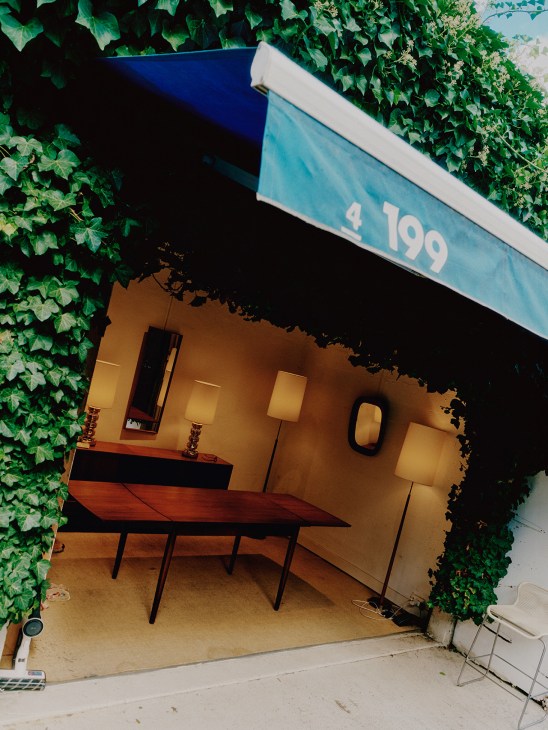
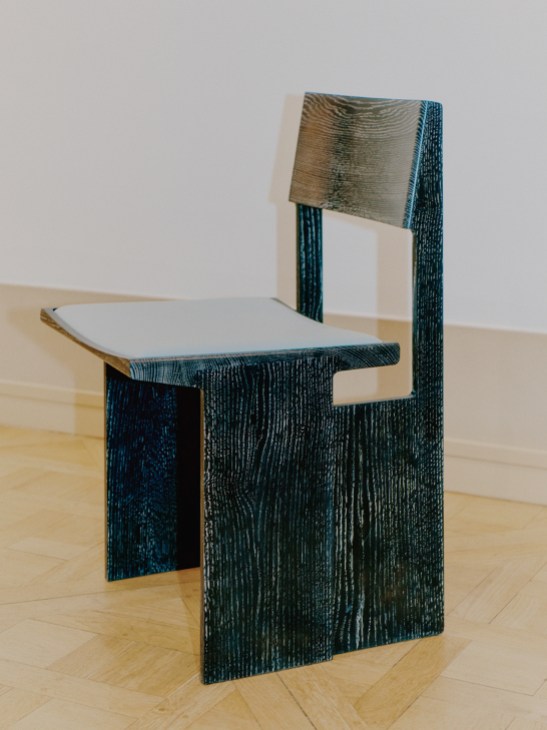
“The world’s best decorators and interior designers have always been regulars, along with actors and celebrities from around the world,” says Augustin Deleuze, one of the three founders of Parisian furniture powerhouse Pierre Augustin Rose. “The design collection of the Musée des Arts Décoratifs is also an incredible source of inspiration.”
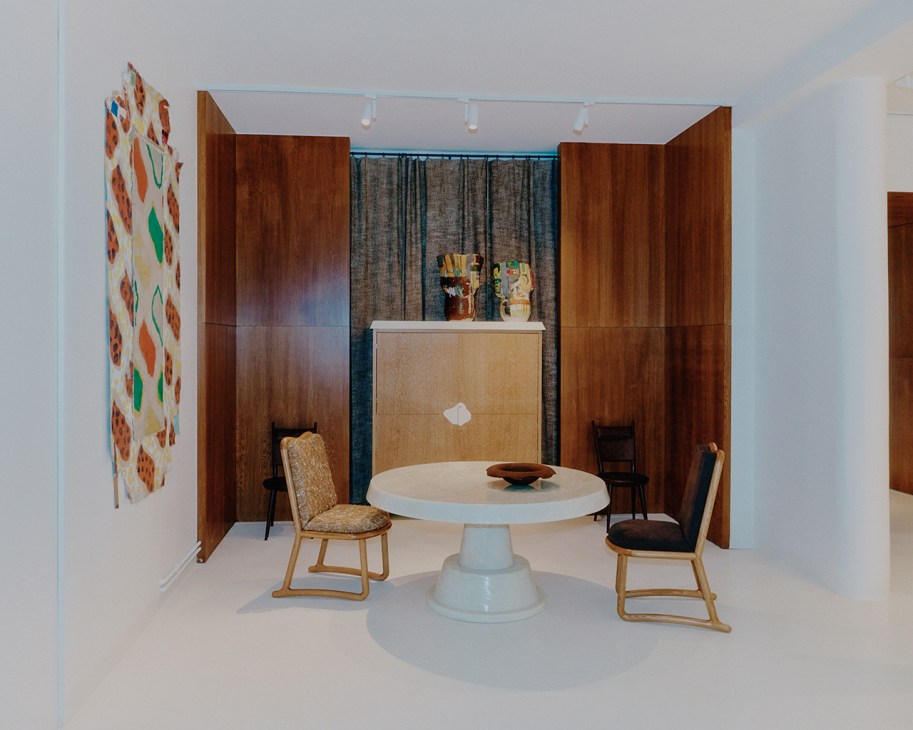
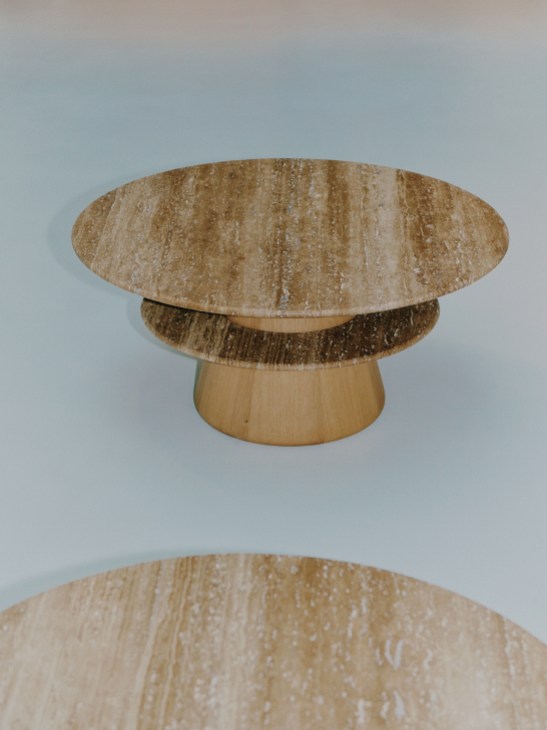
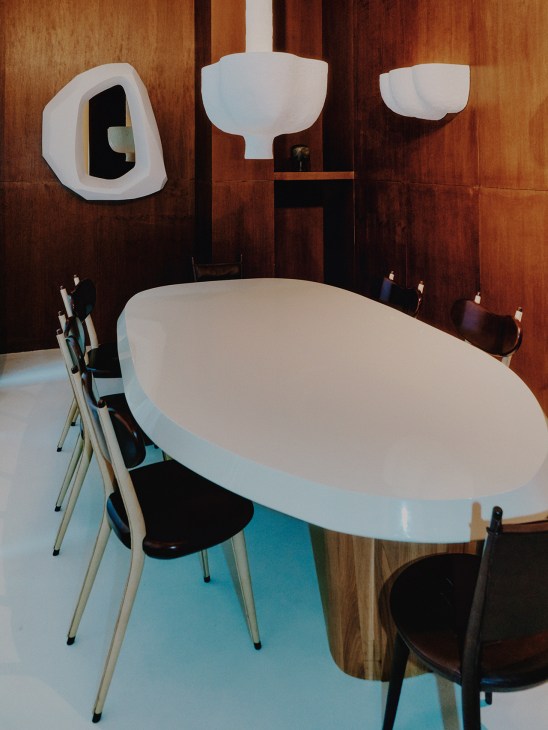

The Louvre-adjacent museum’s permanent collection of modern pieces is a touchstone for the capital’s designers. “Paris’s dynamism is supported by many public and private initiatives, as well as an exceptional network of galleries and globally recognised fairs,” says the museum’s director, Bénédicte Gady.
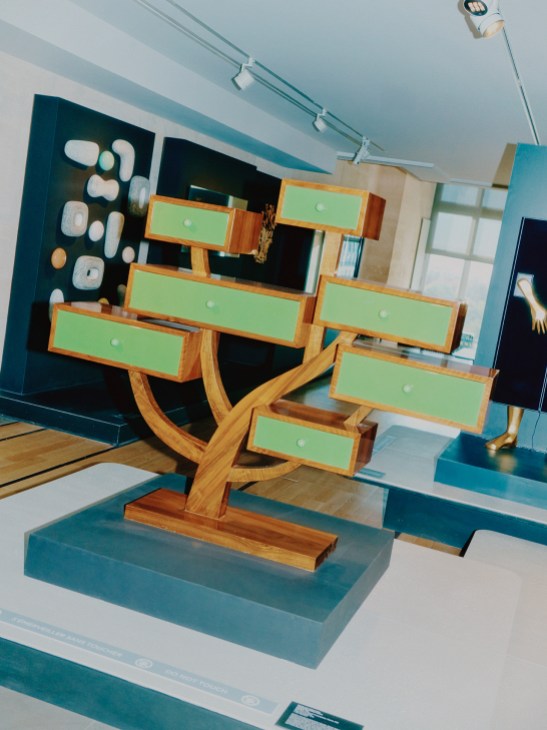
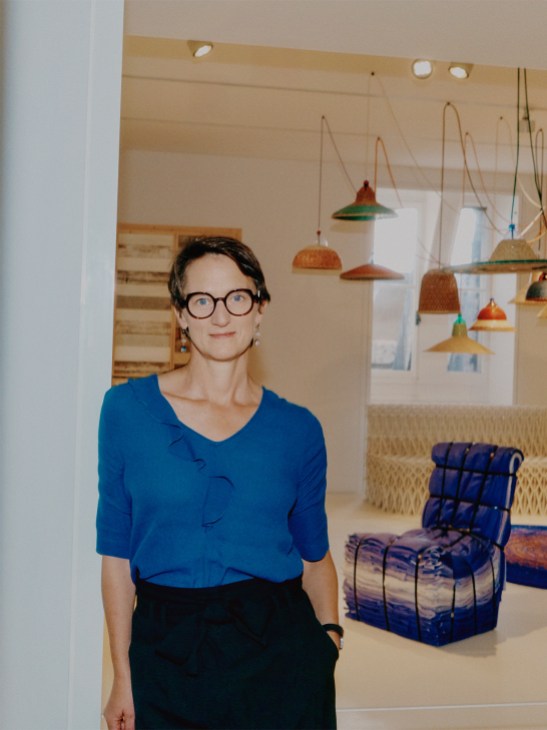
The institution regularly adds pieces to its collection, underscoring its vitality, with this year’s works including a Gelato chair and TGV lamp by French designers Moustache. It’s no wonder that the French capital, already a force in fashion, is a design hot spot in the ascendant. Or, in Gady’s words, “At the moment, Paris is effervescent.”

